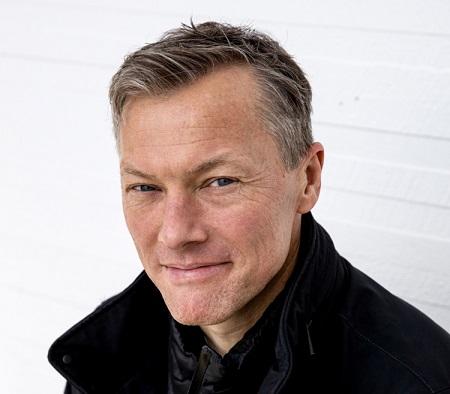
If we apply the legal scholar John A. Powell’s “targeted universalism” approach to eradicating poverty — an approach that involves setting a goal and recognizing that certain groups will need distinctive interventions for that goal to be met — then our attitude toward different antipoverty policies should be “both and.” We don’t need new solutions to this problem as much as a new mind-set, a renewed national commitment to broad prosperity.
The ideal poverty rate in America is zero. Why settle for anything less? Why accept the boring, pernicious best-we-can-doism that has captured the inequality debate in recent years? “We have to challenge the tragedy, the catastrophe, of compromise,” the Rev. William Barber II, one of the chairmen of the Poor People’s Campaign, told me.
When the Johnson administration launched “an unconditional war on poverty in America” in 1964, it wasn’t just lofty rhetoric. It set a deadline. Sargent Shriver, the director of the Office of Economic Opportunity, announced that “the target date for ending poverty in this land” would be 1976, the bicentennial. “We once had ambitions about poverty abolitionism,” Dorian Warren reminded me, and we can rekindle that sense of urgency.
So rather than wait around for Congress to act, we should begin to act ourselves. Poverty abolitionism isn’t just a political project, after all; it’s a personal one, too. For starters, just as many of us are now shopping and investing in ways that address climate change, we can also do so with an eye toward economic justice. If we can, we should reward companies that treat their employees well and shun those with a track record of union busting and exploitation. To do so, we can consult organizations like B Lab, which certifies companies that meet high social and environmental standards, and Union Plus, which curates lists of union-made products.
These everyday decisions can add up to something. If more of us adopted poverty abolitionism as a way of living — and of seeing the world and imagining a better one — that behavior would spread, which in turn could redefine what is socially acceptable and what is believed possible. If enough of us found ways to show that we will no longer stand for so much immiseration, we would put upward pressure on corporate and elected leaders, potentially creating a groundswell of political will and renewed calls for reform.
A third of the country’s people live in households making less than $55,000. Many are not officially counted among the poor, but there is plenty of economic hardship above the poverty line. And plenty far below it as well. According to the Supplemental Poverty Measure, which accounts for government aid and living expenses, more than one in 25 people in America 65 or older lived in deep poverty in 2021, meaning that they’d have to, at minimum, double their incomes just to reach the poverty line.
Programs like housing assistance and food stamps are effective and essential, protecting millions of families from hunger and homelessness each year. But the United States devotes far fewer resources to these programs, as a share of its gross domestic product, than other rich democracies, which places America in a disgraced class of its own on the world stage.
The New York Times












